I’m frequently questioned about how I come up with new recipes. Although I have professional training as a chef or recipe developer, my knowledge comes from books, my previous job experiences, friends, and trials. It might be interesting to share my approach with you, as I spent several years creating and writing recipes.
Table of Contents
Culinary Ratios
The foundation of many of our favorite dishes, including those for lunch, supper, and sweets, is culinary ratios. What sets the professionals apart from the imitators is their comprehension of these objects’ fundamental structures. A set ratio in cooking refers to the proportion of one or more ingredients to another.
Thus, I’m sure a lot of you are wondering why culinary ratios are ever relevant. Most home chefs, though, probably won’t require it at all. However, it can be highly beneficial for anyone interested in creating and writing recipes or cooking in huge quantities. Knowing how a culinary ratio functions is like knowing all the recipes at once, rather than just one.
Motivation
Though it should go without saying, you must begin with an idea. It might be a component or combination of ingredients, the name of a dish, or something completely bizarre that just comes to you. I usually find inspiration for new recipes in organic foods. For instance: I have a meal or dessert at a bakery, restaurant, or from a cookbook that has left me wondering about a certain detail. Other times, it’s the flavor.
I do, however, also make an effort to be open-minded while creating dishes that don’t naturally come into my life. In terms of inorganic ingredients, I usually get my recipe ideas from listening to what people desire, which may be found in recipe comments, Instagram direct messages, or popular search terms.
I try to visualize the food once I have an idea of what I want to cook. Consideration of your dish’s appearance should begin early in the preparation process; after all, you’ve probably heard the saying “You eat with your eyes first.”I begin drawing out the dish once I have a vague notion of how I want it to look.
Sketching a dish is a very powerful tool for helping you visualize not just how it should look but also what additional ingredients you should use to improve its flavor, texture, and appearance.
Research
I research what’s available after I have an idea of the recipe I want to make and how I want it to look. I ask myself if my suggestion adds anything significant to the conversation, such as a novel flavor or texture, fewer or more readily available components, a simpler technique, or just better outcomes. If so, I’ll move forward. If not, I attempt to concentrate on how I may differentiate my recipe from the others. Because it enables me to record ingredient ratios, cooking methods, timings, and temperatures, this research step is equally crucial.
Writing and Examining
Here’s where the magic (or mishaps) occurs. The recipe can have a big impact on this procedure. I occasionally find that a recipe or method I’ve used before can be used again. Therefore, wherever I can, I’ll combine elements from my other recipes to create something new.
Once I start cooking, things change. For example, I’ll make adjustments and make sure to note if it looks unusually different. It’s crucial to always have a pen and paper on your desk!
I test each recipe three times on average, making any required adjustments to make sure the recipe is as delicious and simple to follow as possible. I test recipes I’ve produced and created myself by giving them to others to see what they think. I don’t usually give up on a recipe entirely, but occasionally it takes more than a few adjustments for me to feel like it’s ready to publish.
Some things to consider when composing recipes
Put the components in chronological sequence: One of the most crucial sections of a recipe is the components list, which needs to be provided in the same order as it appears in the directions list. Be sure to be precise, specify the precise amounts required, and indicate the condition of the ingredients (frozen, softened, melted, etc.).
Divide the components for a recipe’s main steps. For example, if the recipe calls for making Cowboy Meatloaf and Potato Casserole, it will be simpler to follow if you create subheadings for “Meatloaf” and “Potato,” with the components arranged according to their categories. When feasible, this ought to be extended to the list of instructions.
Put the steps in order and provide brief, direct directions: The ingredients list and the directions should be in the same sequence. They should also be as brief and uncomplicated as feasible. Attempt to explain the simplest method for completing each step in the recipe.
Provide details regarding doneness: Don’t use expressions like “cook until done” because that doesn’t tell you when it’s done. Give a time estimate for cooking and a doneness indicator, like “when a toothpick inserted into the center comes out with moist crumbs.”
Provide advice about storing: Include instructions on how to keep leftovers, including container and temperature recommendations.
Provide more techniques or alternatives (where tested): It is good with more details for extra credit, such as vegetarian and gluten-free recipes or recommendations for ingredient substitutions, but only if you’ve tried them yourself and are confident they will work.
Add details on the nutrition: Including nutritional analysis based on the serving size of your dish and the USDA database is usually a good idea. This is a feature that many nutrition software packages can carry out.
Conclusion
A recipe failure, or a string of unsuccessful recipes, can be devastating to your self-esteem. I know because I’ve been there. Attempt not to let it depress you. Recall that cooking is a talent, and mastering it requires time and effort, just like any other skill.
Your successes will increase and your losses will diminish as you refine and exercise your intuition. Additionally, because you’ve learned what works and what doesn’t from experience, you’ll be able to create new recipes more rapidly and effectively.


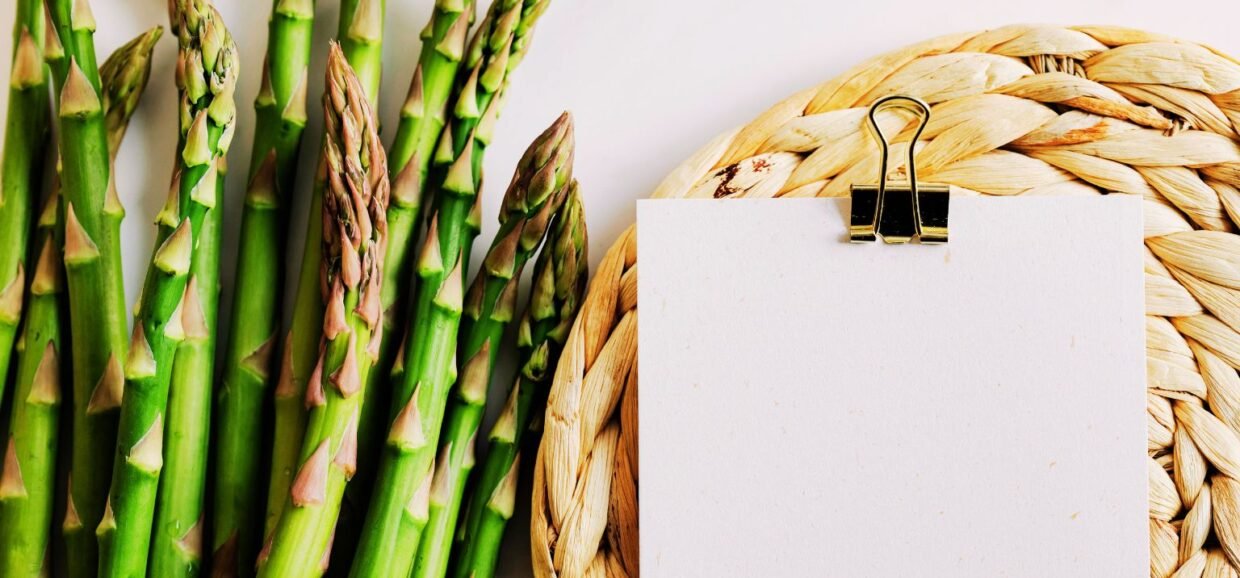
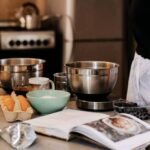


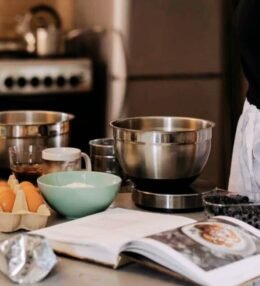

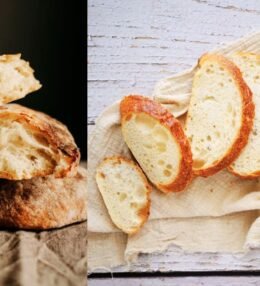
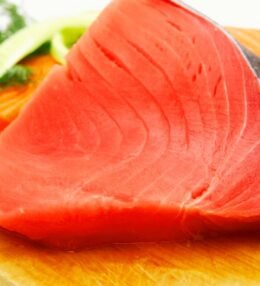
1 Comment